Star Trek: Picard Season 3 is everything that you want it to be. Reunited together on screen for the first time since Star Trek: Nemesis, it is an absolute treat to be back with the main cast of Star Trek: The Next Generation as they join final season, led by executive producer Terry Matalas.
Across the six episodes that TrekCore had the opportunity to view, a rich story is being developed that draws heavily on the characters you know and love from The Next Generation. There are fun new characters who are likely to become fan favorites. And the showrunner’s claims about Picard Season 3 being an authentic extension of all three Berman-era Star Trek shows — The Next Generation, Deep Space Nine, and Voyager — is not an exaggeration.
Unlike the previous seasons of Picard (which, full confession, I enjoyed), Season 3 is unashamedly a Star Trek show — and I don’t just mean by that the things fans are already aware of, including the setting, largely aboard the USS Titan and other Starfleet locales. I mean that Terry Matalas’s Picard goes further than any of the current live action shows to embrace the canon and the universe that Star Trek inhabits.
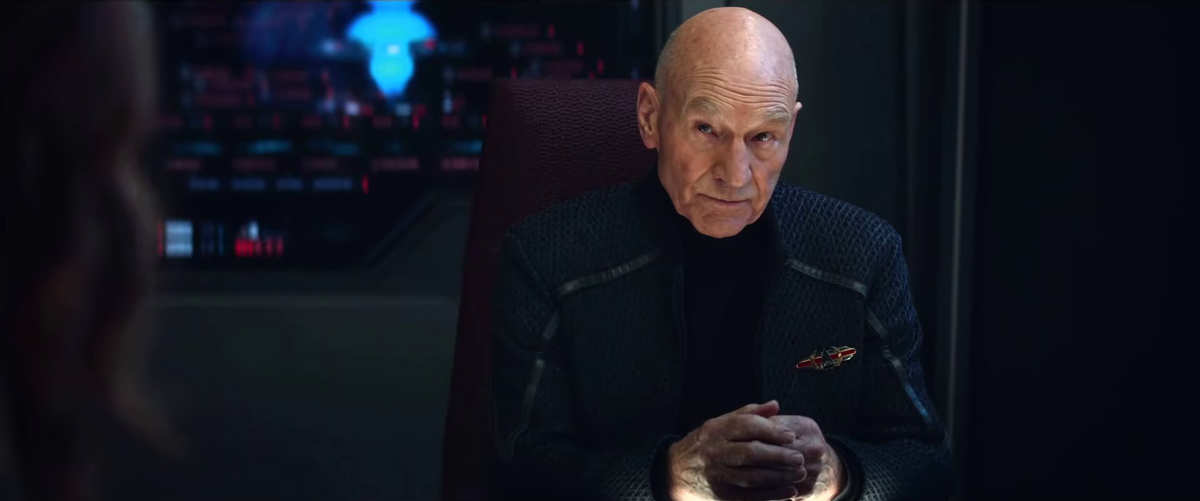
Remember how frustrated fans were in Season 1 that Picard’s “brain abnormality” — despite being critically important to the season’s story — was never actually called Irumodic Syndrome? How weird a creative choice that seemed? No need to worry about that here. Picard’s third season revels in the history of Star Trek, takes joy in the canon, and does not shy away from the 800+ episodes that came before it to build a compelling narrative. To this obsessive fan of 24th century Star Trek, there’s nothing more joyous than that.
A lot of press surrounding Season 3 emphasizes that it does feel — or should feel — like a totally new show. There are certainly lots of things that are very different; as mentioned, we’re primarily on a Starfleet vessel this year, with all the procedures, aye-sirs, and technobabble you’d expect. In addition, composer Jeff Russo has been replaced by Stephen Barton for Season 3, whose score is more traditionally bombastic — and riffs heavily on all kinds of previous Star Trek themes to great effect. Even the fonts used in the main title are different (and iconic, in their own way).
But, in my opinion, Star Trek: Picard Season 3 is not an entirely new show. It’s a show that got the original premise of Star Trek: Picard right. It turns out, with a few tweaks to the formulas of Seasons 1 and 2, a new and improved version of Picard is born.
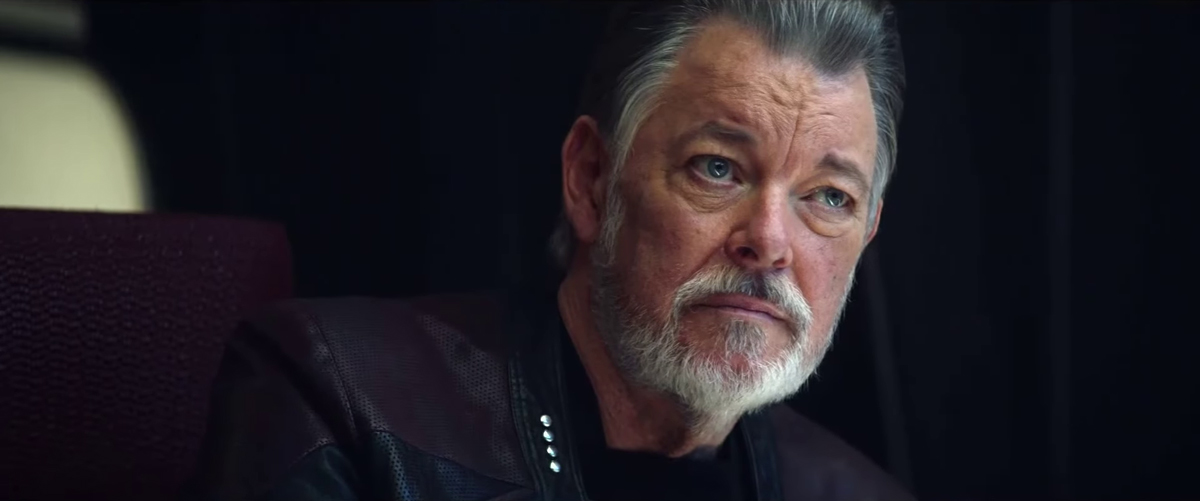
Why do I say that it’s new and improved, when there are clearly so many differences? Because Season 3 does not, as you might be led to believe, completely abandon what came before. There are important tie ins to the previous seasons that deepen and enhance your appreciation for Season 3, even as the story heads in an entirely new direction and there has been a lot of turnover in the cast.
But the promise of Star Trek: Picard was always this: thoughtfully integrating legacy characters that felt like realistic advances from their previous appearances coupled with ideas you loved and wanted more of from previous Star Trek, alongside new and interesting characters who had their own journeys that you could fall in love with. There is a lot of dispute about how well Seasons 1 and 2 lived up to that promise. I personally enjoyed them; many fans did not.
I genuinely believe there will not be the same level of dispute about Season 3. The returning characters feel authentic. The new characters are surprising and easy to love (and in some cases easy to hate). The ideas are big and bold, and the overarching story for Season 3 draws heavily from Star Trek canon in surprising ways. Fans of Star Trek: The Next Generation are feasting, obviously, with the return of so many beloved characters.
But fans of Deep Space Nine genuinely have a lot to look forward to as that series ties into Picard in important ways that fans haven’t guessed yet.
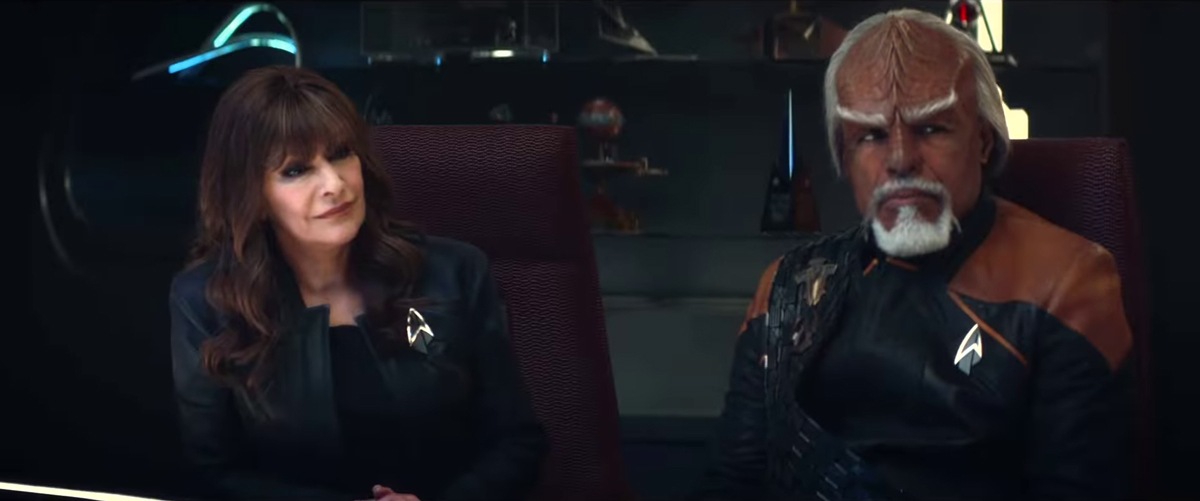
The returning TNG cast members are unbelievably good after all this time. Jonathan Frakes totally steals the show, inhabiting Riker again so authentically, with a nice arc across the first six episodes we’ve seen that fans will enjoy.
Michael Dorn also slips immediately back into character as Worf, surprising and delighting this reviewer, and has a lot of great scenes with a key member of the Picard cast. Gates McFadden too, has a strong emotional arc this season — but to stay more about that would risk getting into spoilers. There are some wonderful moments of emotional catharsis for several of the TNG cast members across the episodes.
And Patrick Stewart is totally comfortable and feels the most “Picard”-y he has been in the whole show. Having Riker by his side almost from the very beginning of the season, and a consequential story for Picard that reinterprets his relationship with other members of his crew in surprising ways, sparks new life — and new joy — into Sir Patrick’s performance. He is magnificent this season, and I attribute that not just to his performance, but the incredible work of his co-stars.
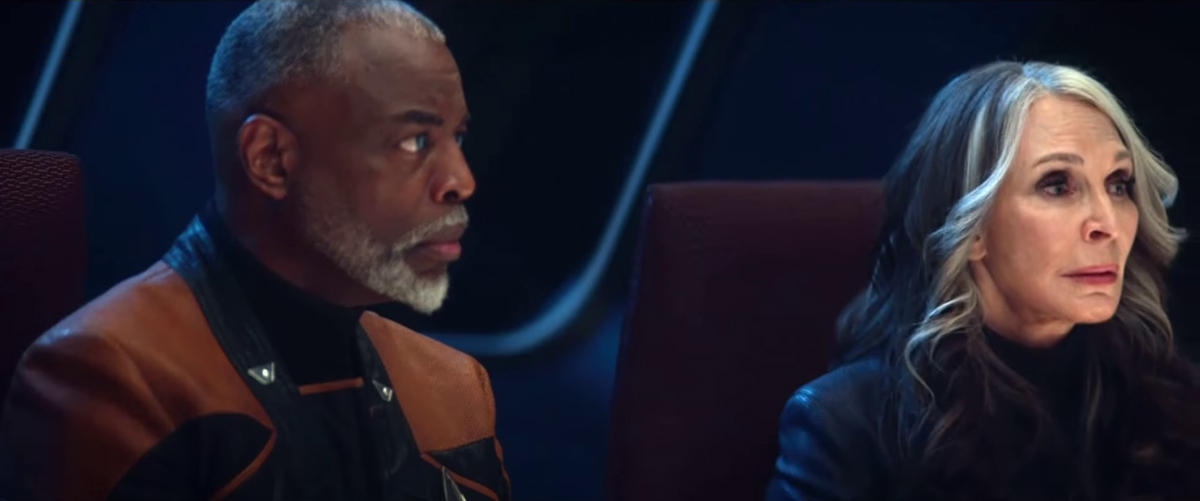
Picard does have surprising legacy characters, as Matalas has publicly teased; though to control expectations I will say that there is only one unannounced legacy character who appears in the first six episodes. Well… maybe two (or is it three or four?)… but to explain more would be to go too far. But my goodness, the one character who does return is magnificent, absolutely capturing a whole episode with incredible scenes with some key TNG cast members.
And the new characters are excellent. It was a shame to have to say goodbye to Santiago Cabrera, Alison Pill, Evan Evagora, and Isa Briones at the end of Season 2. But in their place we have a number of compelling new characters who I was delighted by. Todd Stashwick’s Captain Liam Shaw, commanding officer of the USS Titan, is an utter delight. Stashwick is clearly having the best time playing this character, who has a very nice arc across the first six episodes. There is one speech that he gives in the middle of the season that a lot of fans are going to talk about.
In addition, Ed Speelers is excellent, bringing nuance and emotion to what is, on the face of it, a very difficult part to play — and Ashlei Sharpe Chestnut’s Sidney LaForge is also a standout.
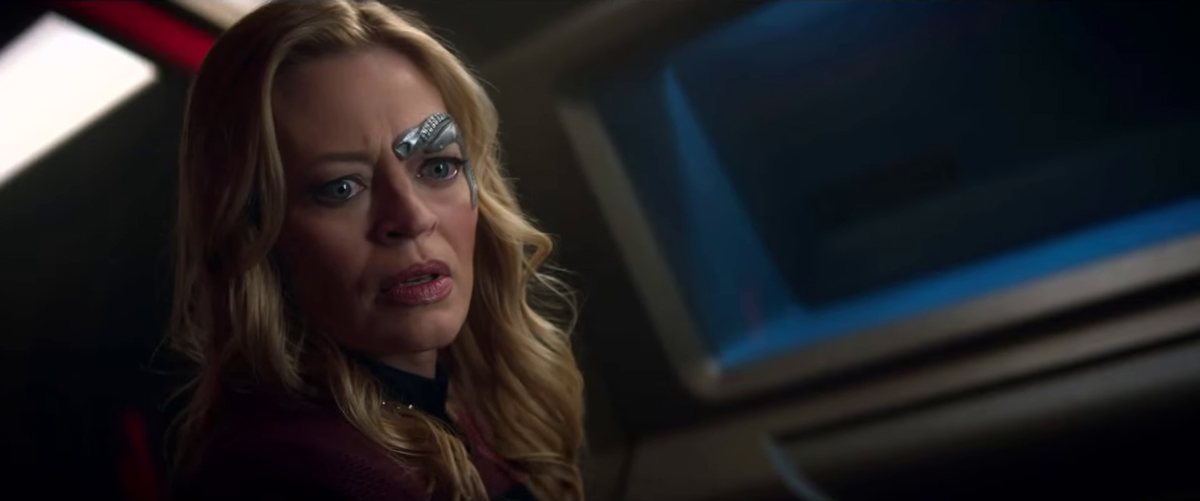
Star Trek: Picard Season 3’s first six episodes are a supremely enjoyable experience. The show breaks the curse of Seasons 1 and 2, where everyone agrees the first couple of episodes are great and then… opinions diverge. In my opinion, episodes four, five, and six were the strongest of Season 3, which speaks highly for where anticipation should be for the last four episodes when we get there.
However, despite all this praise, it is important to note that Picard’s third season is not perfect. Across the first six episodes, fans are likely to be very disappointed that one key TNG cast member has almost nothing to do. There are also a couple of frustrating character choices that yield excellent scenes that are incredibly well-acted, but speak more towards needing the season to develop in a particular way than because that actually feels like the choice the character would make.
And while the season demonstrates a rich love of the Star Trek movies — I counted explicit references in the first six episodes to eight of the first ten movies — it can sometimes feel a little much, even for this total fanboy for Star Trek canon.
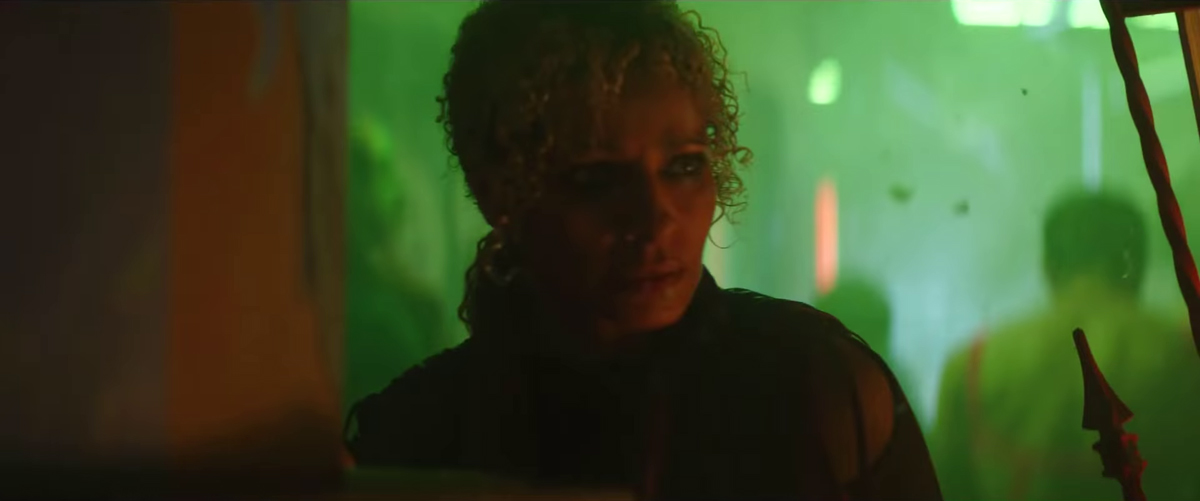
But if those are the biggest objections I can muster across the first six episodes, that’s pretty good for a sprawling, epic television production that draws on 57 years of Star Trek history and has a lot of characters to try and do justice to. I really loved the first six episodes of Star Trek: Picard Season 3, and I hope you do too.
![]()
Star Trek: Picard Season 3 will debut February 16 on Paramount+ the United States, and on CTV Sci Fi Channel and Crave in Canada. It will debut internally on Paramount+ on February 17 in the UK, Australia, Italy, France, Germany, Austria and Switzerland.
The series is also available on Amazon’s Prime Video service in most other international locations.
